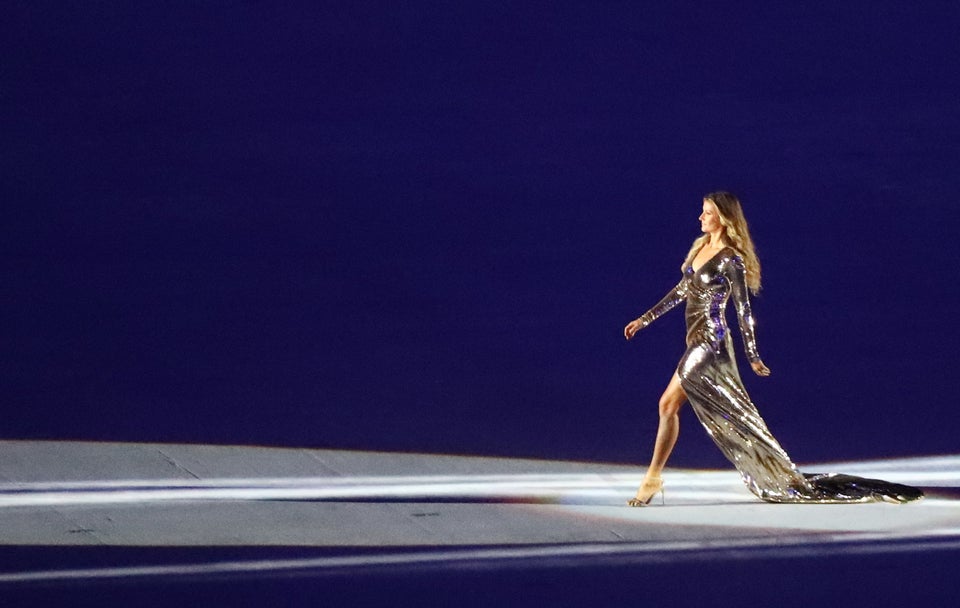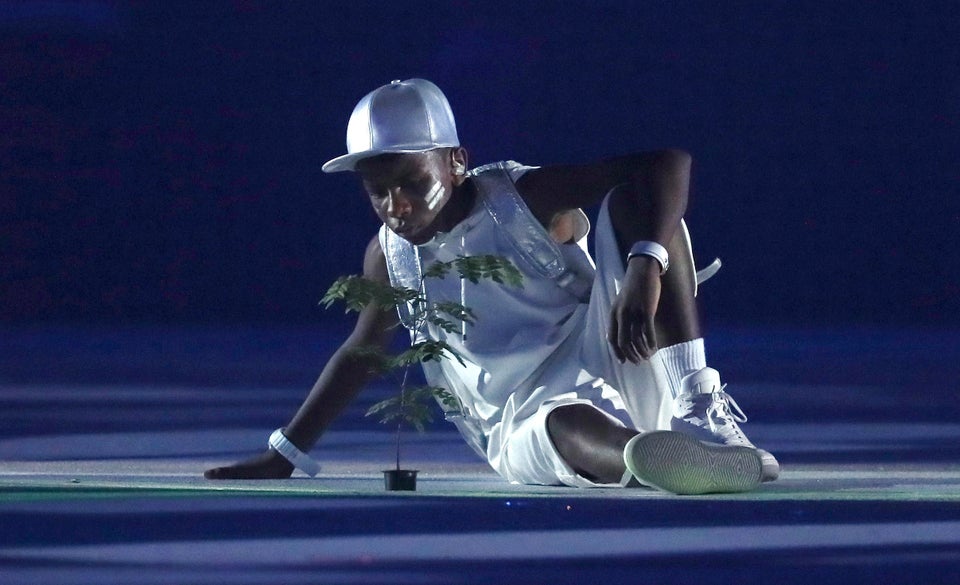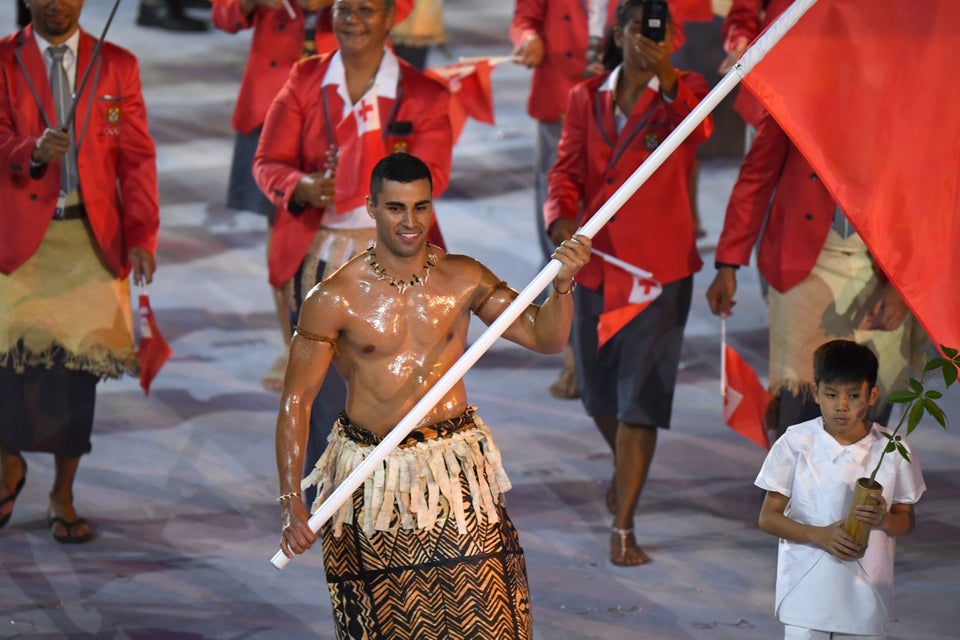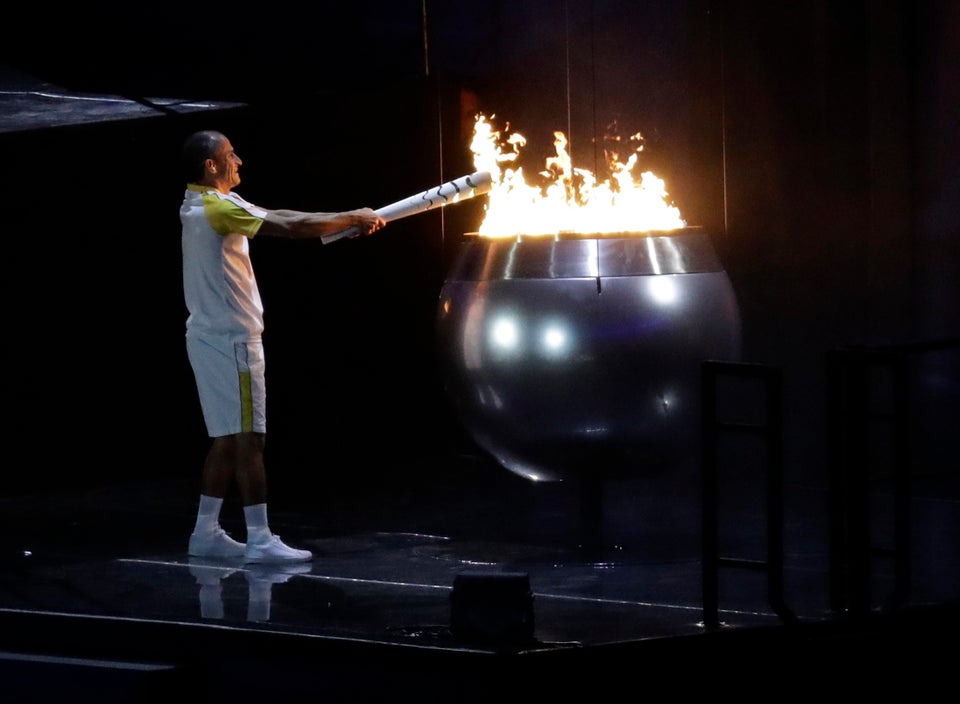Ok, slight disclaimer: this feature isn’t going to turn you into gold medal-winning Olympian Adam Peaty.
But, Peaty’s win does highlight the wonderful - and often much under-rated sport of swimming as a means of keeping fit. It’s easily one of the best ways to burn calories.
So, with tips provided by Fitness First personal trainer Graeme Crick, here’s the lowdown on how to keep fit with swimming, from the techniques that strengthen to moves that will tone you into a lean, mean, swimming machine.
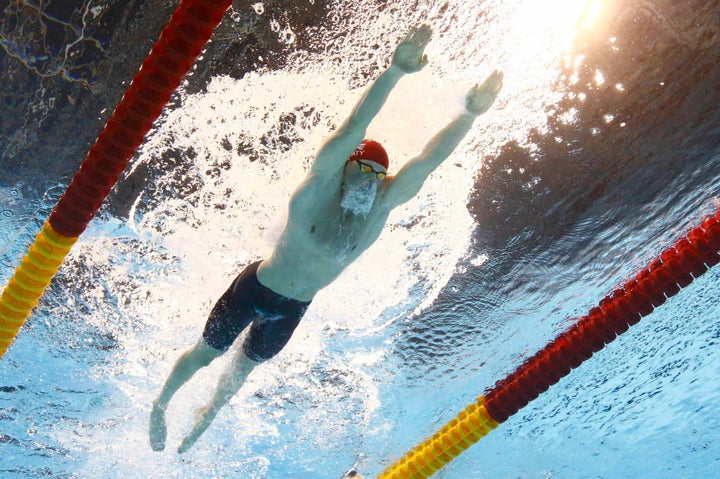
Which strokes are the best for maximising calorie burn?
Swimming stimulates all the big muscles groups while being gentle on your joints. Butterfly stroke is one of the most difficult strokes and burns the most calories out of all the other swimming techniques. In fact, it can burn around 900 calories per hour.
Are there any strokes which help best with toning?
Back stroke is great for toning your back, arms and bingo wings. It also works your glutes, quads and hamstrings as you’re constantly kicking. Breast stroke is perfect for toning up your chest, shoulders, bingo wings and legs and butterfly, although the most challenging stroke, is great for toning your stomach, chest and arms.
Perfecting the right form for butterfly is important, and once mastered you’ll feel your back strengthening too.
Are there any warm up and warm down exercises or strokes you recommend?
Before you start your swimming session it’s really important to prepare your body for the challenge ahead. Stretching cold muscles may relieve tension but will have very little effect on flexibility, so I suggest gently swimming for five minutes before undertaking your stretches.
If you’re stretching in the water, your body will cool down rapidly so maintain your temperature by walking, jogging on the spot or swinging your arms or legs for 20 seconds between each stretch.
SEE ALSO:
Why You Should Probably Decant Your Microwave Meals Into A Glass Bowl
Here’s Every Type Of Hangover You’ve Ever Experienced (And How To Fix It)
You should also stretch after training – try doing this in a warm shower, holding each stretch for 30 - 40 seconds to help clear waste products from the muscles, improve post-exercise flexibility and stimulate the muscle receptors that promote relaxation.
Once you’ve completed your stretching routine, you should continue to warm-up your body before attempting to thrash out your fastest freestyle lap. Your swimming session should resemble a gradual build-up in intensity.
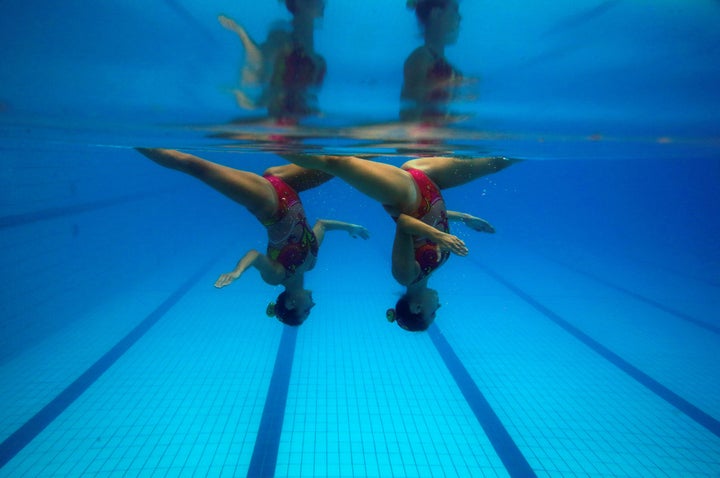
Are there any toning moves you could recommend for doing on the side of the pool?
Triceps dips:
Use the pool steps and place your hands on the top step and your feet two or three steps below. Tone the backs of your arms by doing three sets of 15 to 20 reps.
Before getting out to dry off, do two sets of 15 to 20 pool push-ups on the edge of the pool. This exercise will tone your arms and upper back.
Squats:
Stand in shallow water with your feet shoulder-width apart and your arms bent at your sides. Like a regular squat, slowly bend your knees into a squat position with your butt out behind you. Act like you are sitting in a chair and make sure your knees don’t extend out past your toes. Slowly push down with your hands, tighten your abs and stand back up straight. Repeat for 30 reps.
Kicks:
Hold onto the side of the pool and extend your legs out behind you. Kick your legs in a scissor motion. Keep it up for 30 to 60 seconds, then rest and repeat. You can tone your glutes, abs and hamstrings all at once. You can even swim around with a noodle tucked under your armpits or on a wave board, and scissor kick your legs behind you.
Crunches:
To work your abs, you can do crunches in the pool. With your back to the wall, hold onto the edge of the pool. Keeping your legs straight, slowly bring both legs up at the hip to a sitting position and hold it for ten seconds. Put your legs slowly back down and repeat 30 times.
Any breathing tips for going faster/swimming more effectively?
Developing a good breathing technique is perhaps the biggest challenge for beginner and intermediate swimmers. Problems with breathing can easily knock on into other parts of the stroke.
The most common problem swimmers have with their breathing is not exhaling under the water. If you exhale under the water between breaths you only have to inhale when you go to breathe. This makes things much easier.
Don’t lift your head. The problem with lifting your head to breathe is that your body acts like a see-saw and your legs sink. This adds lots of extra drag.
Good body rotation is a massive help to your breathing because once you have rotated you don’t have to turn your head much further to breathe. If you are struggling to breathe, perhaps to one side, poor body rotation could be your problem.
Here’s a 30-minute swimming workout to try next time you’re in the pool:
Warm-up:
Complete an easy 200-meter swim.
Follow with 3 x 100 meters. Swim the first 50 meters and build speed through the last 50 meters (take roughly 15-second rest between each one).
Main set:
Swim 200 meters at a moderate pace, followed by an aerobic swim (30 seconds recovery).
Complete 5 x 50 meters at timed pace with a 15-second rest interval. After the last set, go into next interval without rest.
Swim 200 meters at a moderate pace, followed by an aerobic swim the same as before with a 30-second recovery.
Swim 3 x 50 meters at a pace faster than your T-Pace followed by a 20-second rest interval. After the last interval, move into the next set without resting.
Swim 200 meters at a moderate pace, followed by an aerobic swim with a 30-second recovery, going right to the next swim).
Swim 2 x 50 meters at maximum speed (15-second rest interval).
Cool down:
Swim 100 meters at a relaxed pace.






